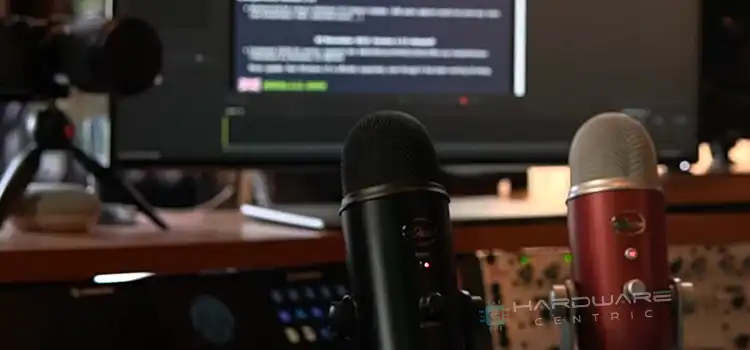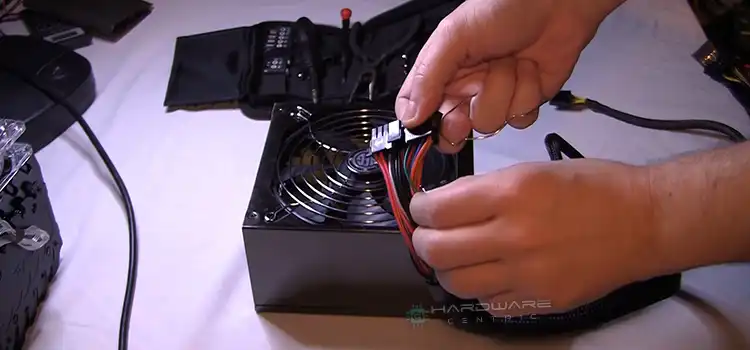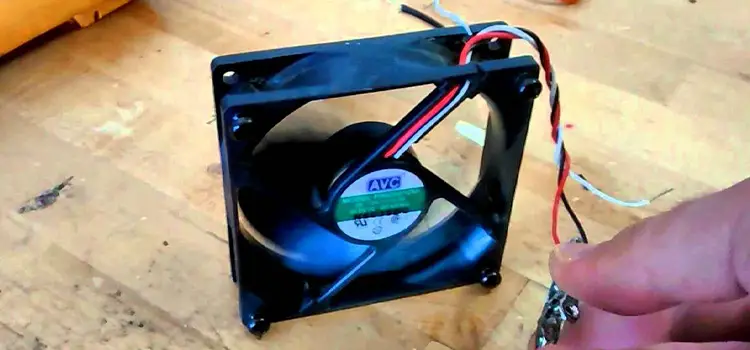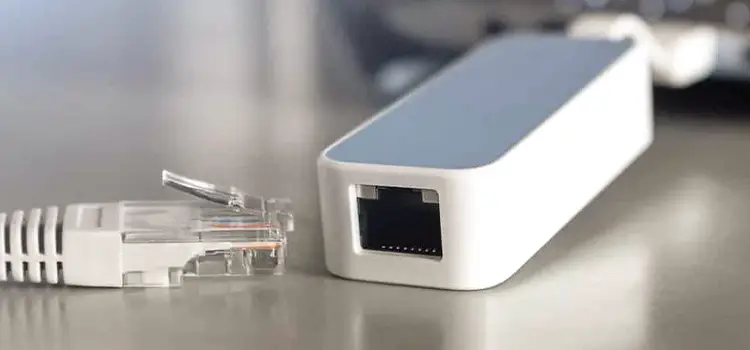2 Microphones in the Same Room | Can I Use?
Yes, you can use two microphones in the same room. You’ll be able to record more of the sound in the room as a result of this. Keep in mind that if the microphones are too close together, you can get some interference. In general, mics should be placed as close to the sound source as possible.
When using multiple microphones in the same room, there are numerous aspects to consider. The distance between the microphones is one of the most critical considerations. The sound from one microphone will drown out the sound from the other if they are too close together. The sound will be too feeble if they are too far apart.

How You Use ‘2 Microphones in the Same Room’
If you’re using two microphones, make sure the participants are facing each other and the mics are facing away from each other. If you have three microphones, angle them 120 degrees apart. If you have four microphones, place them 90 degrees apart.
1. Main Aspects
The following are the main aspects of recording vocal tracks with two microphones in a room:
- Production of high- and low-frequency sounds
- Acoustic reflection and absorption
- Amplification
A vocal track can have two microphones placed close together. If you only use one microphone, the sound will be very direct. But, if you use two microphones, you will be able to record higher and lower frequencies.
2. Selecting the Correct Mic Placement: Distance Between Mouth and the Microphone
Your mic should be as close to your mouth as feasible so that Only your voice, not the sounds in the room, is caught up. The mic should be placed roughly 6-12 inches away from your mouth as a general guideline. Due to an increase in low-frequency sensitivity, your voice may get more bass as you go closer to the mic.
Mic placement for vocals is critical, especially for electric instruments or any instrumentalist who will be close to a microphone.
- The positioning of a microphone is critical for capturing high-quality vocal performances.
- The sound will be dominated by the mic itself if it is placed too close.
- If the mic is set too far away from the vocal instrument, the sound will be compressed to small width.
It’s crucial to set the microphone in a good area to avoid undesired acoustic absorption and reflections, in addition to making sure the placement is right.
Microphones’ Best Placement Factors
The following factors can be used to identify the ideal microphone placement:
- The instrument’s acoustic signature
- The instrument’s type
- The instrument’s position and size
- The microphone’s proximity
- The microphone’s distance from you
- The vocal instrument’s form.
- The rest of the studio is set up for recording.
- Accessories and other microphones
Pros and Cons of Two Microphones
Mainly the reduction of phase distortion and noise reduction determines whether the closeness of mics brings about good or bad.
Cons | Phase Cancellation
Phase cancellation is an issue when two microphones are close together and recording the same sound. This means that when the two signals are combined in the mixer, they can cancel out at certain frequencies. As a result, the mix appears thin or peaky depending on the microphone placement.
Pros | Noise Cancellation
The two-mic noise cancellation concept is well-known and widely employed in a variety of audio applications, including aircraft communication headsets. However, it is rarely seen in live sound and PA these days. The same physics explains why football analysts’ lip ribbon mics reject crowd noise so well.
Frequently Asked Questions
Can You Use 2 Mics at Once?
Yes, you can use 2 or more mics at once on your computer. The best way to connect multiple mics is using XLR inputs on an audio interface. And then connect the audio interface to your computer using USB or Thunderbolt.
How Do I Keep Two Mics from Picking up The Other Person’ Voice?
If you don’t want your two mics to pick another person’s voice, then you have to put the mics far away from each other. You can put the mics in place so that the dead zone of the polar patterns faces the opposing mic. You also need to talk closer to the mic and have to be in a room where the sound reflection is minimized.
What Happens When I Put Two Microphones Together?
If you put two microphones together, then they will catch the same frequency of sound at the same time. As a result, they will interfere with each other and the receiver won’t be able to distinguish the different signals. So, you won’t get accurate output.
Why Do People Use Two Mics?
You may have noticed that people often use two mics. It’s for noise cancellation. Using two mics combine outputs at equal gain but opposite polarities. As a result, they can cancel ambient noise from each to a certain degree.
What Is the Rule of 3 Microphones?
The microphone’s rule of 3 is for dealing with audible phasing problems while summing several mics to mono. According to this rule, there should be a 3x times distance between the sound source and the nearest microphone.
Last words
If you wish to utilize two microphones in the same room, be sure they’re both set up correctly and don’t pick up any interference. It’s possible that you’ll need to change the volumes on each microphone to guarantee that they’re both being recorded correctly.
Subscribe to our newsletter
& plug into
the world of PC Hardwares


![[5 Fixes] WLAN Access Rejected Incorrect Security](https://www.hardwarecentric.com/wp-content/uploads/2023/01/Wlan-Access-Rejected-Incorrect-Security.webp)
![[Problem Solved] Windows Boot Manager Not Showing in BIOS](https://www.hardwarecentric.com/wp-content/uploads/2023/10/windows-boot-manager-not-showing-in-bios.webp)


